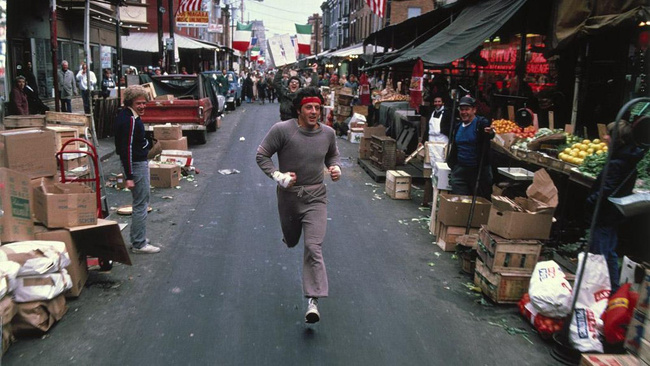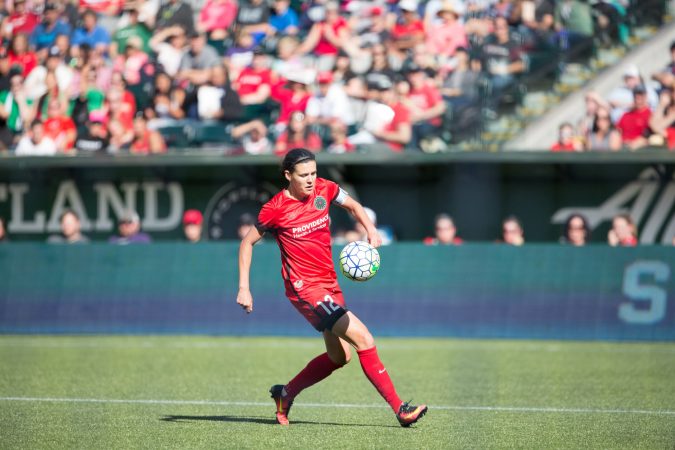

For most people, the term “stiffness” has negative connotations. When you wake up in the morning complaining of a “stiff back,” the remedy might include taking a hot shower, doing some yoga, swallowing aspirin, or visiting a physical therapist to loosen up. Stiffness is typically viewed as unpleasant and can limit one’s physical activities.
Surprisingly, though, for elite athletes like professional basketball players, muscle stiffness is not only something that is necessary, you could say it’s their superpower. As a physical therapist and researcher who works with National Basketball Association players, I’m interested in understanding the key factors that help to minimize injury risk and maximize performance in elite athletes—and understanding stiffness is an important part of that.
Spring in your step
Physiologists think of muscles as being like biomechanical springs. Muscles contract to produce forces that help you move and stretch to allow enough range of movement. Stiffness is a way to talk about how springy a muscle is. It is a characteristic of how much it can lengthen in response to an applied force. The spring of a muscle allows it not only to stretch but also to recoil during muscle contraction. This process allows for movements including walking, running, and jumping
The force required to deform or stretch a muscle is correlated to a degree of spring or stiffness and to the extent the muscle is lengthened. Strength is important, but stiffness can help an athlete generate even more power.
Basketball is a vertical sport that includes up to 46 jumping and landing activities for an individual player per game. That’s 2 to 4 times more jumping than in soccer or volleyball. It’s also a multi-directional sport—an average player changes direction or activity every 2 to 3 seconds, requiring constant acceleration and deceleration of movements.
Lower extremity stiffness is important for optimal basketball performance because athletes who appropriately use greater stiffness characteristics can take advantage of the elastic energy it creates. A muscle can only stretch so far because its length is limited by its degree of stiffness. So, like a spring or a rubber band, when the muscle is stretched, that stiffness helps to create elastic energy that can then be used with a muscle contraction to help you run or jump on the court.
This helps someone like Russell Westbrook leap in the air, stop on a dime, then accelerate down court during a fast break. It takes him just 3.36 seconds to run from baseline to baseline.
The sweet spot
However, there is a point of diminishing returns. Too much muscle stiffness can lead to reduced joint motion and a decreased ability to absorb shock at the joints. This can place one at greater risk for stress fractures or even osteoarthritis, the wear and tear of cartilage that can cause joint pain. Evidence suggests that too much stiffness may lead to injury.
And on the other side of the spectrum, a player needs a certain degree of flexibility and joint mobility to support the proper elongation of muscle and tendons that allow for the appropriate range of motion.
So players need to balance these extremes, landing in the sweet spot of optimal lower extremity stiffness: not too much, which can lead to high levels of force and loading rates and a greater risk for bony injuries. And not too little, which is associated with an increased risk for soft tissue injury and muscle strains.
My research team is investigating these relationships in an attempt to help elite athletes minimize risk of injury and maximize performance. The first step is in understanding what “normal” clinical measurements are for elite athletes.
Textbook values have been established for the general population but this information is lacking for NBA players. For example, a typical value of ankle flexibility for the average individual is about 50 to 55 degrees. Our research team has found that the typical NBA player is more stiff and averages 35 degrees.
When comparing elite basketball players to textbook norms it might appear that they are too tight and even dysfunctional. However, to be successful in their sport, this degree of stiffness is actually their superpower. If trainers start stretching Lebron James’ muscles to match the textbook values of the general population, he may start jumping like the general population. That tactic could very well be kryptonite to an NBA athlete.
Training to minimize injury and maximize performance
Physical therapists know that the so-called fast twitch muscle fibers—the ones responsible for jumping and sprinting—have a higher propensity for stiffness. With training, the level of stiffness can be increased to improve performance.
Evidence suggests that plyometric and bounding exercises that involve jumps, hops, or bounds, performed in a stretch shortened cycle do have a positive effect in the ability for muscle to have more spring. But overall, your own degree of stiffness versus springiness is a combination of nature and nurture, genetics, and training.
Research related to better understanding the continuum between stiffness and compliance can help physical therapists and trainers when working with basketball players. They need to know dosage—how much to stretch or strengthen. Work is underway that contributes to this endeavor. There are also initiatives that aim to understand player load and the cumulative physical demands that elite athletes undergo when generating fast and powerful movements. Researchers also need to understand what the best methods and technologies are for monitoring these loads. My colleagues and I theorize that there is an optimal level of compliance and stiffness that helps keep our basketball heroes super.
Philip Anloague is Chair and Associate Professor of Physical Therapy at the University of Dayton. This article is republished from The Conversation















